A Magazine Shop Brings Portlanders Off the Internet and Into Chinatown

Chess Club is the city’s largest devoted magazine shop, carrying over 400 publications from around the globe.
Why open a magazine store today? To use you as an example, dear reader, people spend much more time reading on screens than in print these days. And it makes sense: All the world’s magazines fit into your pocket. But there is a strong, even growing, contingent who feel too much is lost in that digitization. For years, Rich’s Cigars was the place in town to buy archive-worthy copies of Bomb and 032C. But Rich’s focused its energies on stogies during the pandemic—and left a hole. So when a magazine shop opened in a gallery-like storefront along the downtown transit mall in October, it took up something of a mantle.
“Global magazines,” reads a decal on Chess Club’s window, indicating the shop’s extensive stock of international and bilingual publications, most of which cover corners of the art and design worlds. Co-owner Christy Lai says she wants the space to feel like a portal, “just like magazines are a portal to another world.” Lai’s business partner, Andrew Simon, explains the goal as “a desire to help connect Portland to the world, and the world to Portland.”
Apartamento, the Barcelona-based publication of interviews with all manner of cool people accompanied by photographs of the artists and writers in their own homes, is a good benchmark for what “magazine” means here. Think quarterlies and annuals printed on thick, textured paper with inventive layouts instead of the thin pages and quick-scanning columns of something more ephemeral, like the New Yorker. Most focus on a distinct subject and favor in-depth coverage over fleeting news. Emocean, for instance, Simon describes as a “surf magazine all about non–white dude surfers,” and explains that MacGuffin devotes each issue to interrogating a single topic, like trousers, chains, or walls. Running anywhere from $20–40, these are magazines you’re meant to keep.

Despite the convenience digital publications bring, print media has had a renaissance in recent years.
Who’s buying these publications? Architects and journalists; shoe, typography, and clothing designers; artists, musicians, photographers, and fashion stylists. Creatives of all sorts use throwback favorites like i-D, Andy Warhol’s Interview, and Popeye to travel back in time for inspiration. But new and legacy print magazines are having a moment, too. In June, The New York Times reported “sprouts of life, even profitability” in the print-media landscape for high-end outdoors publications designed to be “thumbed through, not swiped past.” A Fast Company article with an archeological tone carried the headline “Magazines Aren’t Dying” last spring, and reported that publications with devout but niche communities and fewer ads were thriving. Just last month, during a funny take on the media elite lunches of yore, New York Magazine editor in chief David Haskell told Interview’s head honcho Mel Ottenberg: “The print magazine is an incredibly thrilling, contemporary product, and the world is catching up to why it’s a smart business move.”
Speaking of business moves, the corner of NW Sixth and Glisan, on the western edge of Old Town-Chinatown, could seem a curious choice for a new retail business. The neighborhood has struggled in recent years with increased crime, houselessness, and open drug use to the degree that last summer the city launched an ongoing “community action plan” to increase the area’s public safety. However stark in its white cube, and potentially wanting for foot traffic, the shop fits nicely into what many envision as a revival: formally establishing the zone as a cultural district in an effort to highlight its existing institutions, like the Oregon Jewish Museum and the Lan Su Chinese Garden, and add new ones—it’s a potential site for Darcelle’s Drag Museum.
Chess Club would be one of a handful of similar spots in a city like Paris, Tokyo, or New York. Portland might be small and provincial in comparison, but with our glut of design agencies and expansive arts scene, a high-end magazine shop just makes sense here. The gap Rich’s Cigars left is evidence of that. You can find some of these magazines at the City Reader, an inspiringly outfitted but compact SE Division newsstand, and the downtown Powell’s has a decent spread. We have art bookshops that carry a few magazines, like Nationale, Hi Books, Monograph, and Passages. But Chess Club is the only local store of its scale (it stocks more than 400 publications, and the range is always changing and growing) focused specifically on current, not vintage, magazines. “The enthusiasm is there,” Simon says, mentioning that he and Lai spent the previous year doing pop-ups to test their audience. “People want magazines.”

The gallery-like shop, on the western edge of Old Town-Chinatown, is part of an effort to establish the neighborhood as a cultural district.
Like perusing your favorite bookshop, part of the fun here is not knowing exactly what you’re looking for (see the mineral “water bar” by the register, which echoes the international ethos). Lai and Simon are huge magazine nerds with endless curated recommendations, whether you’re after a sex work magazine (Doxy), a longstanding queer periodical (Butt), something about type design (Type01), or the wonders of Japanese “romantic geography” (Too Much). Lai’s first love was Colors, a “magazine about the rest of the world” started by an Italian clothing company in the ’90s; Simon’s was JFK Jr.’s magazine George, which covered politics like a culture magazine with a presidential gloss. From their early teens, both saw magazines as a bridge between seemingly disparate places and pieces of the culture. Today, at least in theory, that’s become the Internet’s job. Though if the OED’s word of 2024, “brain rot,” is any indication, Lai and Simon aren’t alone in their search for more tangible sources of information.
The shop is also a busy venue for magazine launches; recently, it hosted issue release parties for local art magazine Berm and Japanese street-style magazine Germs. Simon says 100 people showed up for the latter, dressed “like they were the magazine.” The portal, that is, goes both ways. It’s as much about escapism as creating community in a physical space. Lai compares the perspective shift to Gen Z’s affinity for so-called dumb phones: a way to cut out the noise without sacrificing the shared interests you might find in online groups. Simon says he hears a common refrain from customers scanning shelves. “Oh, I’ve seen this on my feed,” they say, tracing the slick covers of Nylon or AnOther. “But I’ve never actually seen it, and it’s way better in person.”
Share this content:
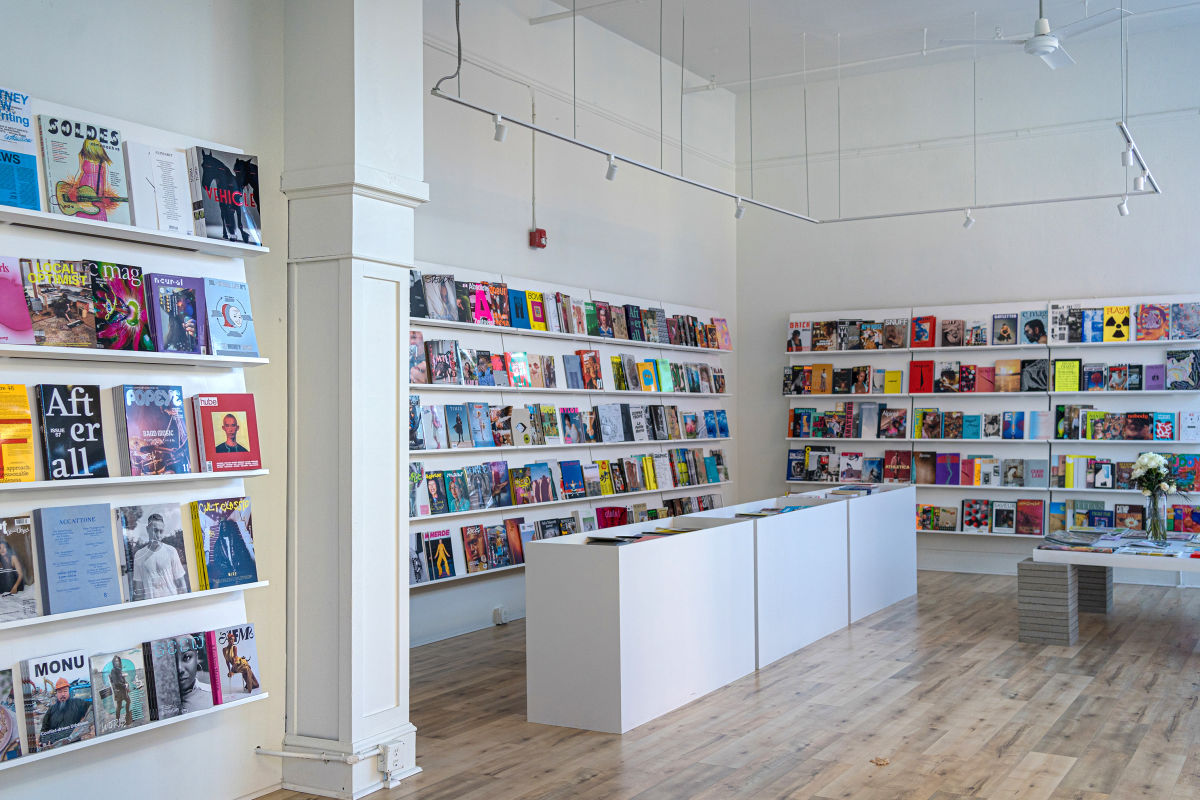


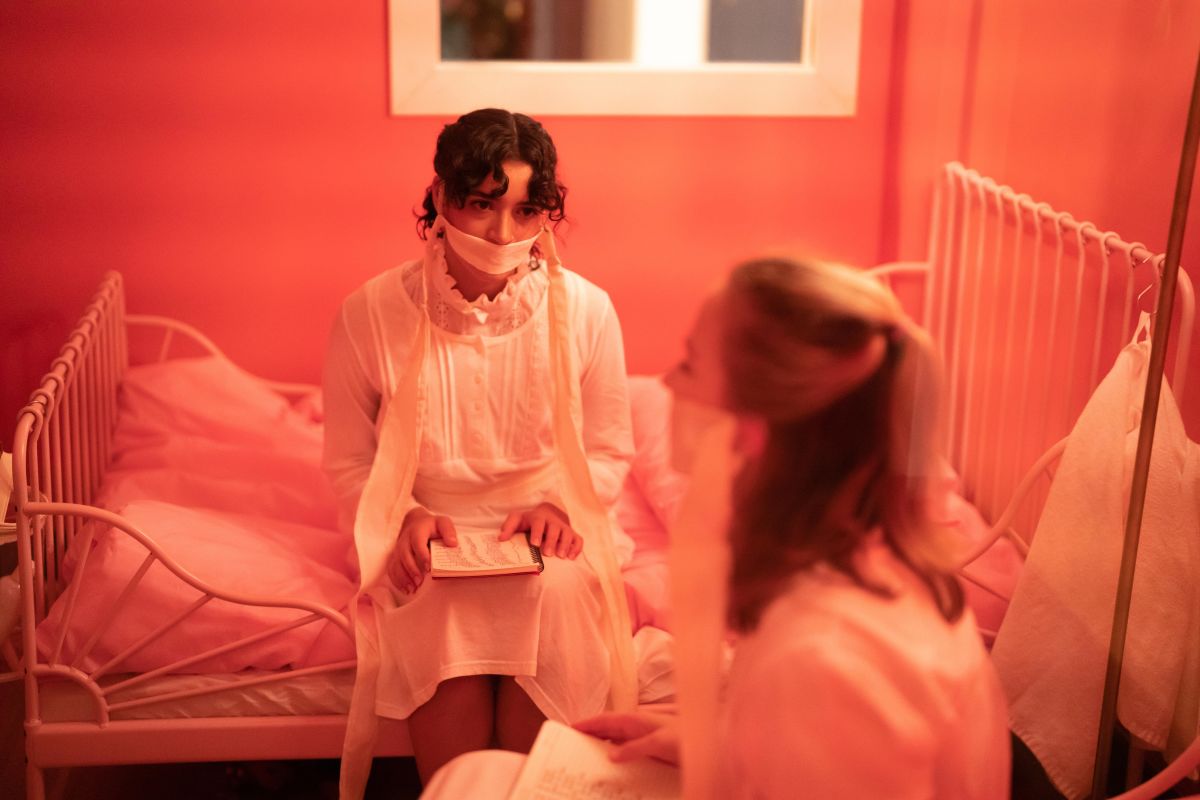

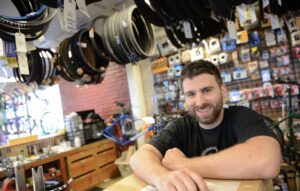



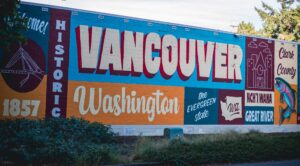

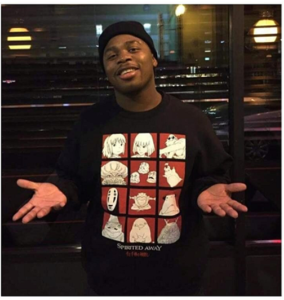

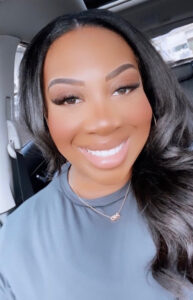
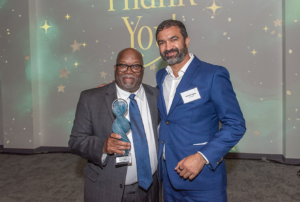
Post Comment